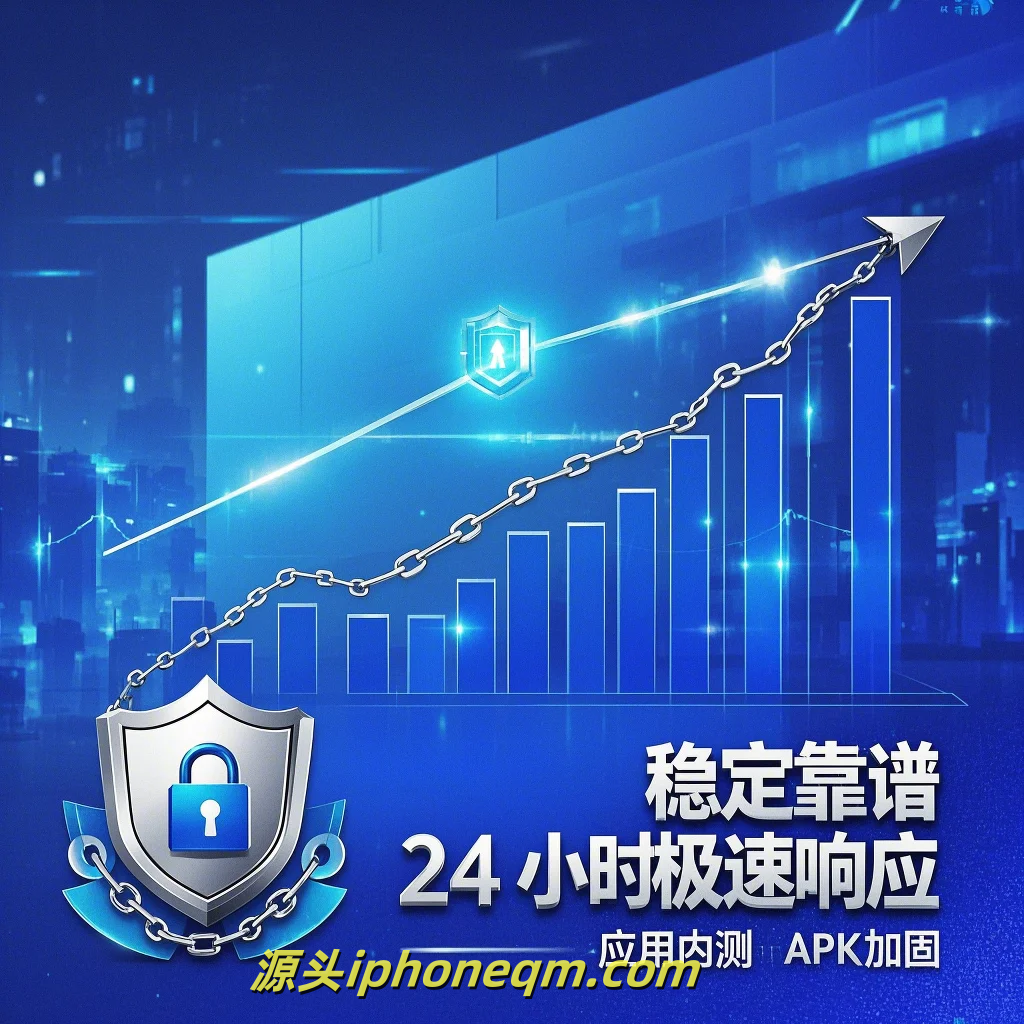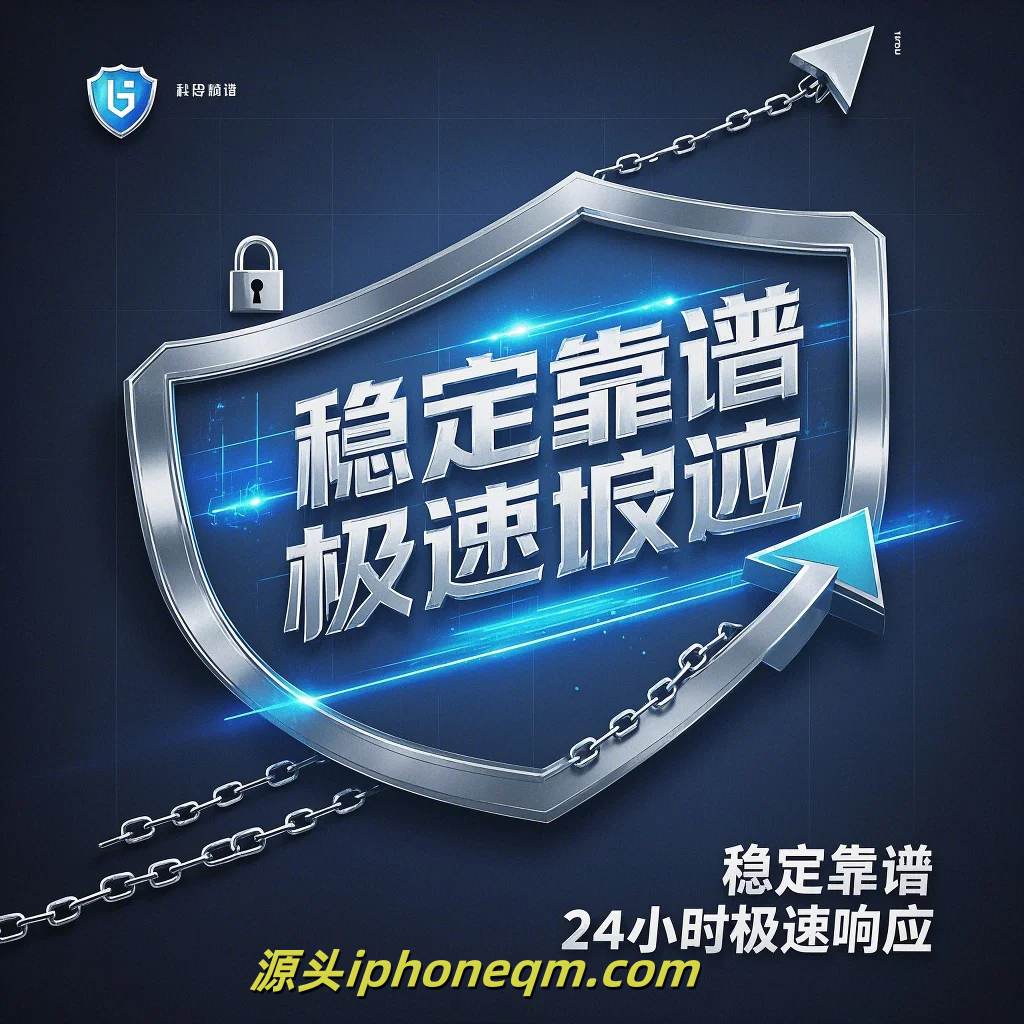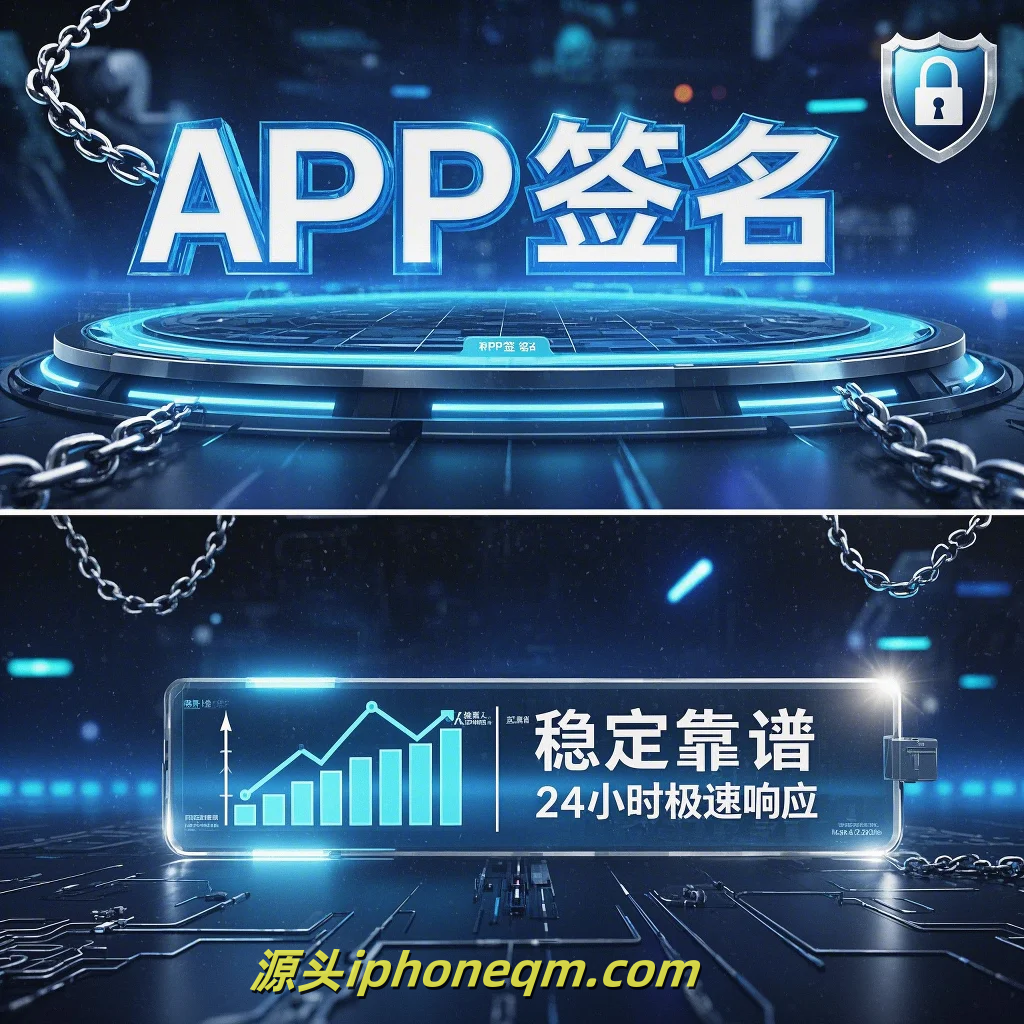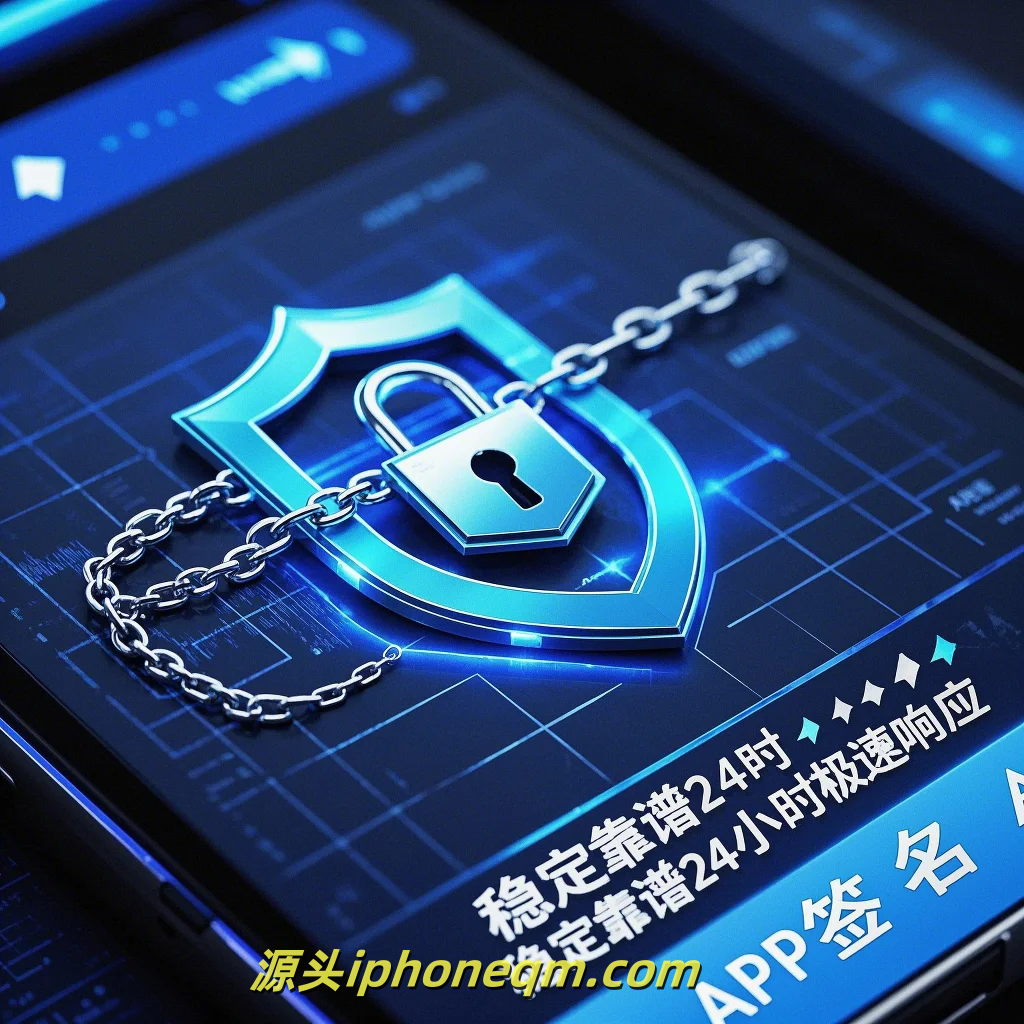Future-Proofing Your iOS Apps with Signing
In the rapidly evolving world of mobile application development, ensuring the longevity and security of your iOS applications is paramount. One critical aspect that developers must consider is the signing of their apps. App signing not only ensures the integrity of your software but also plays a vital role in protecting your users and maintaining their trust. In this article, we’ll explore how proper signing practices can future-proof your iOS applications.
Firstly, let’s clarify what app signing entails. When you create an iOS application, it needs to be signed with a valid digital certificate, typically issued by Apple. This process confirms that the app comes from a known source and hasn’t been altered. Without proper signing, any attempts to install the app on a device will fail. This mechanism also helps fend off malicious software, ensuring that only verified apps can be run on a user's device.
As technology and user expectations evolve, staying ahead requires that your app development practices adapt accordingly. Future-proofing your iOS apps begins with adopting the latest signing practices. For instance, utilizing Apple's App Store Connect to manage provisioning profiles and certificates is crucial. By keeping these profiles up to date, you are ensuring your app can be distributed smoothly and without interruptions. Regular checks on certificate expiration dates will also help prevent last-minute crises that could jeopardize your app's availability.
Moreover, consider implementing automated signing processes within your continuous integration and deployment (CI/CD) pipelines. Tools like Fastlane can streamline your workflow by automating aspects of the signing process, such as generating certificates and provisioning profiles whenever a new build is created. This automation not only saves time but also reduces the risk of human error, making your development process more efficient and reliable.
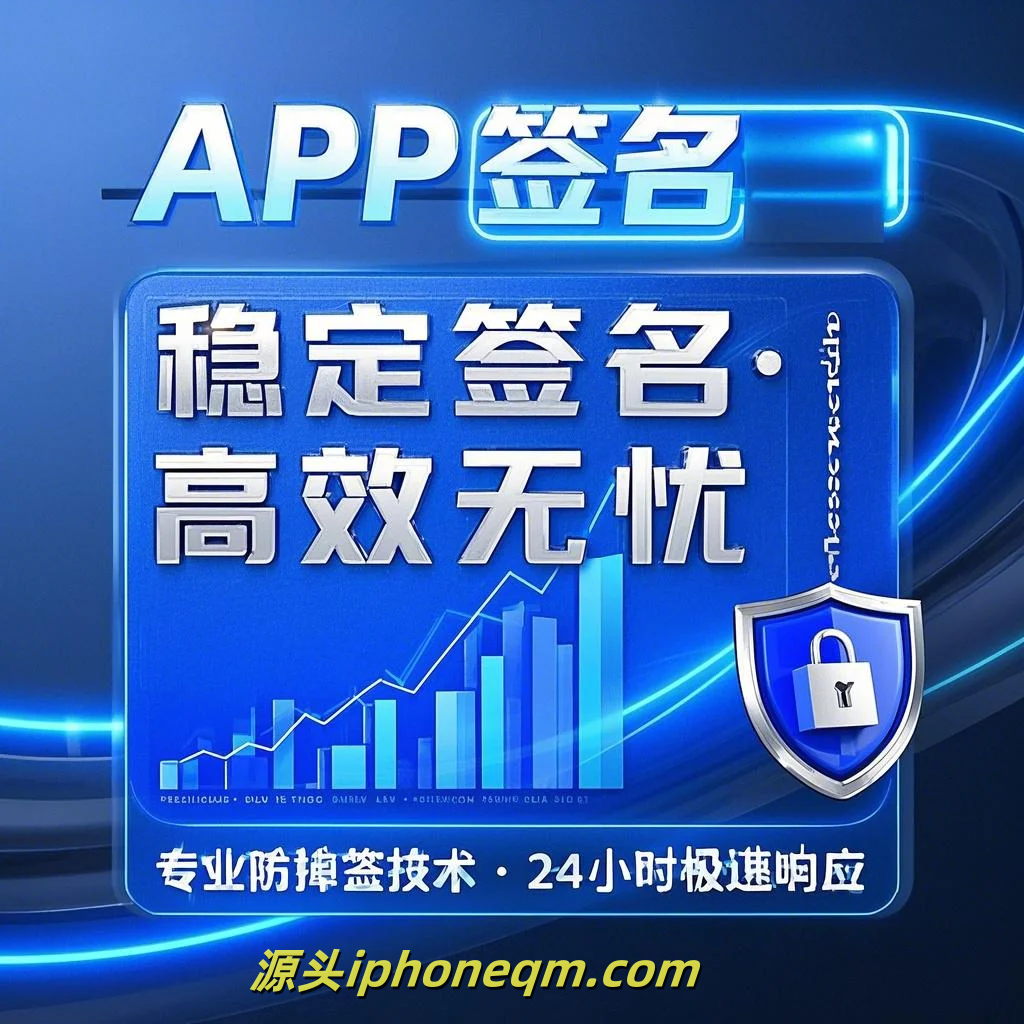
Security cannot be overstated. Implementing App Transport Security (ATS) and using HTTPS is crucial in your networking code. Even though these may not directly relate to app signing, they work in tandem. An app that communicates securely demonstrates a commitment to user safety, reinforcing the trust factor that is essential for long-term success. In addition, signing frameworks like notarization and sandboxing further enhance security, as they allow you to ensure that your app behaves as expected when distributed.
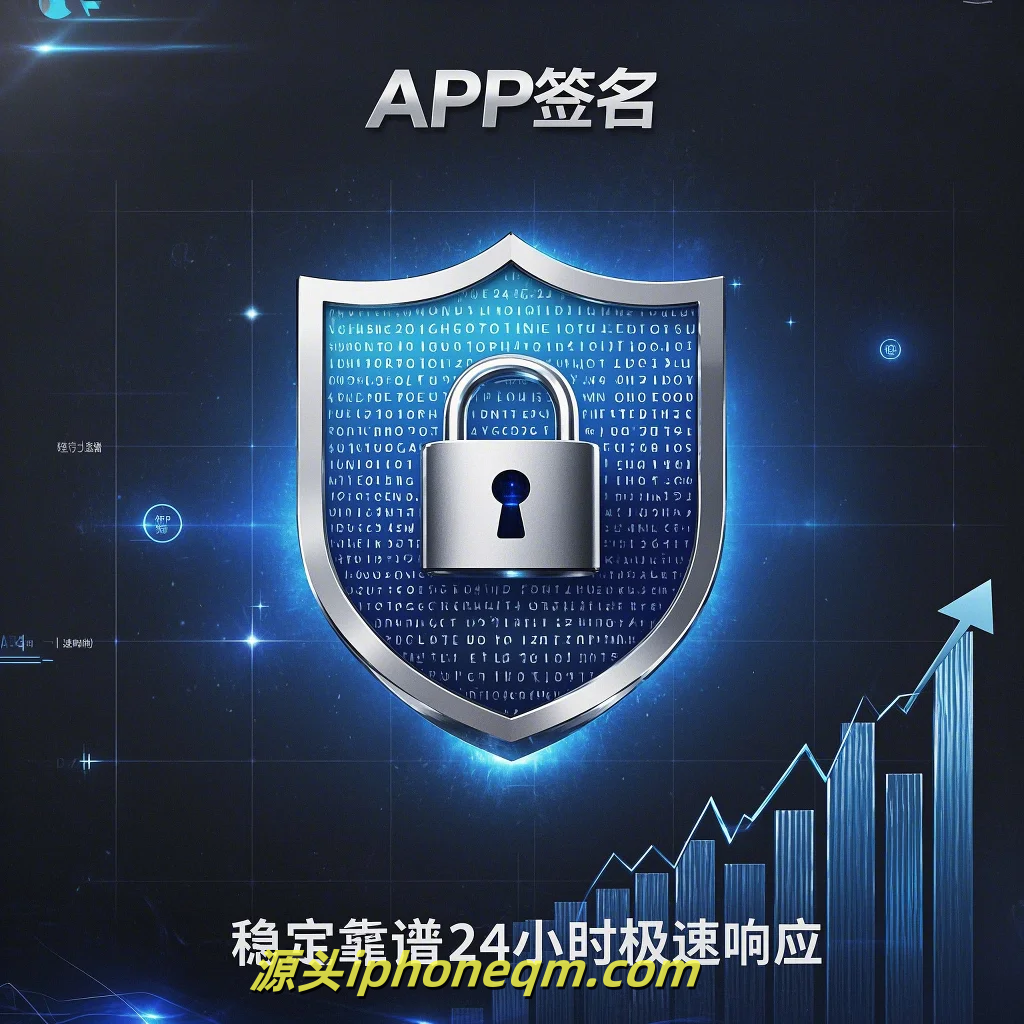
Don’t overlook the importance of user feedback and engagement. Once your app is in the hands of users, continue to collect data and feedback. Monitor crash reports through analytics tools and respond to user concerns promptly. Keeping an open line of communication makes your users feel valued and fosters loyalty, which is particularly important in a competitive app marketplace.
Lastly, keep yourself informed about the latest changes in Apple’s app signing policies and guidelines. Apple frequently updates its Developer Program and related documentation, and staying aware of these changes can prevent non-compliance issues that could affect your app’s distribution. Following best practices for app signing not only mitigates risks but also aligns your applications with Apple's standards.
In conclusion, future-proofing your iOS apps with robust signing practices is a strategic move that can safeguard your app, enhance user trust, and ensure your software remains functional in an ever-changing tech landscape. By embracing automation, prioritizing security, engaging with users, and staying informed about policy changes, you will position your apps for success now and in the future. As mobile technologies progress, so should your approach to app signing – it’s an investment in your app’s longevity and efficacy.
扫描二维码推送至手机访问。
版权声明:本文由MDM苹果签名,IPA签名,苹果企业签名,苹果超级签,ios企业签名,iphoneqm.com发布,如需转载请注明出处。

